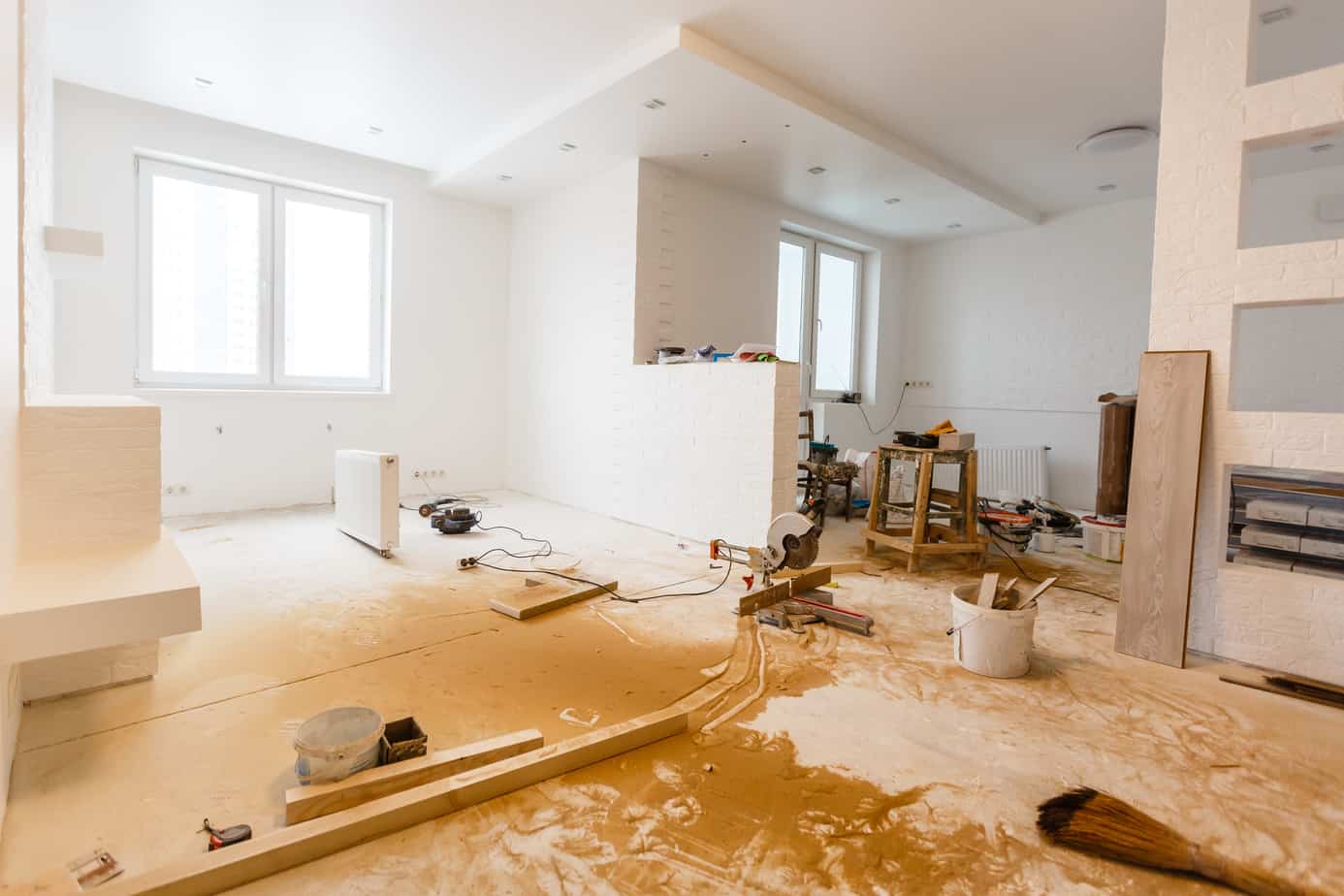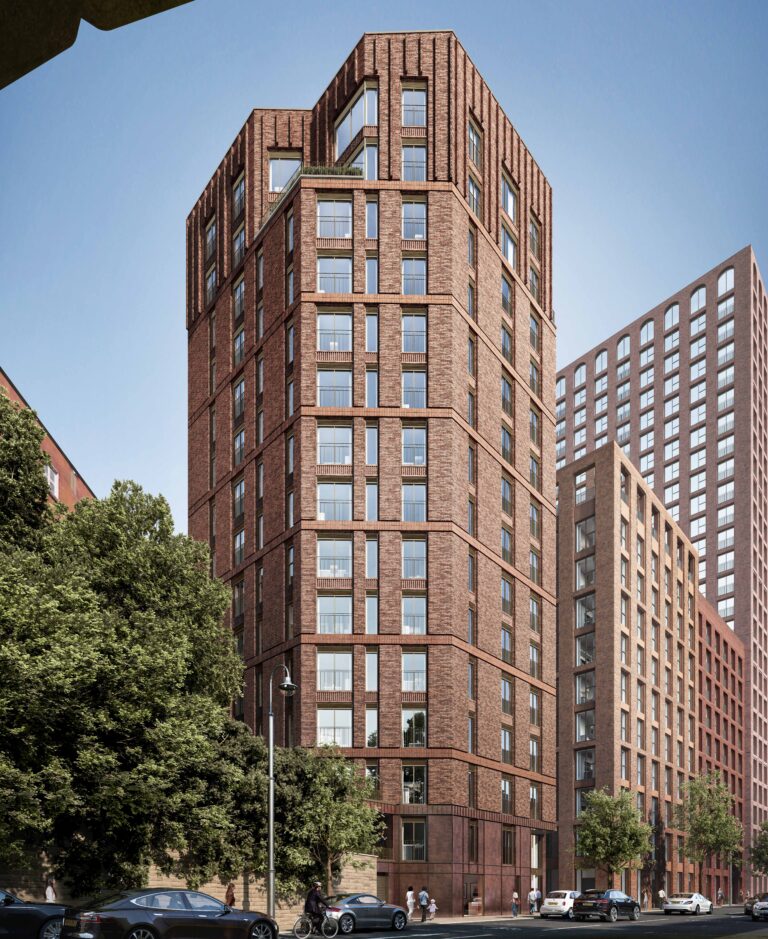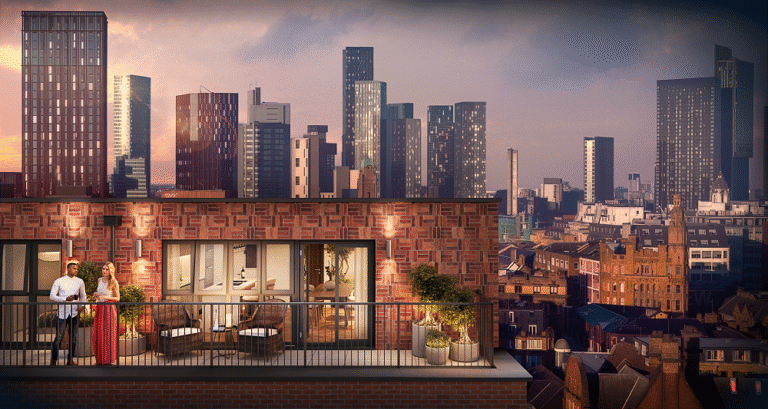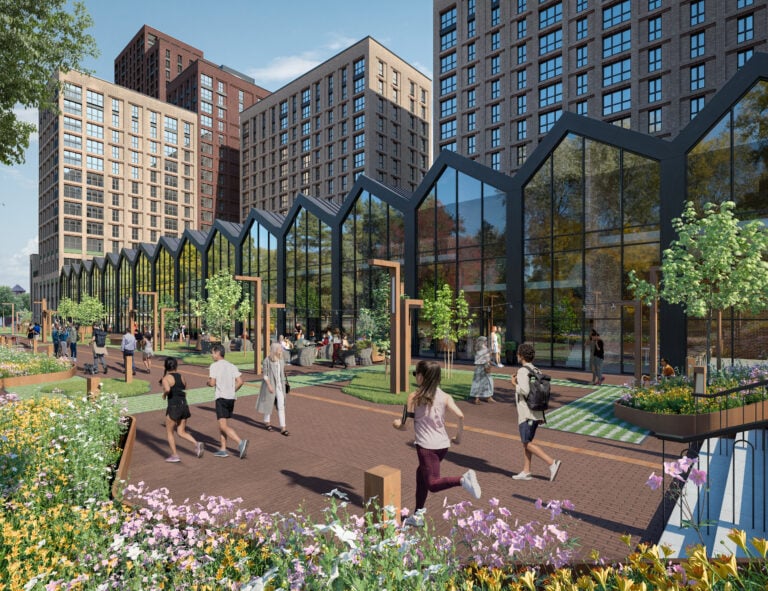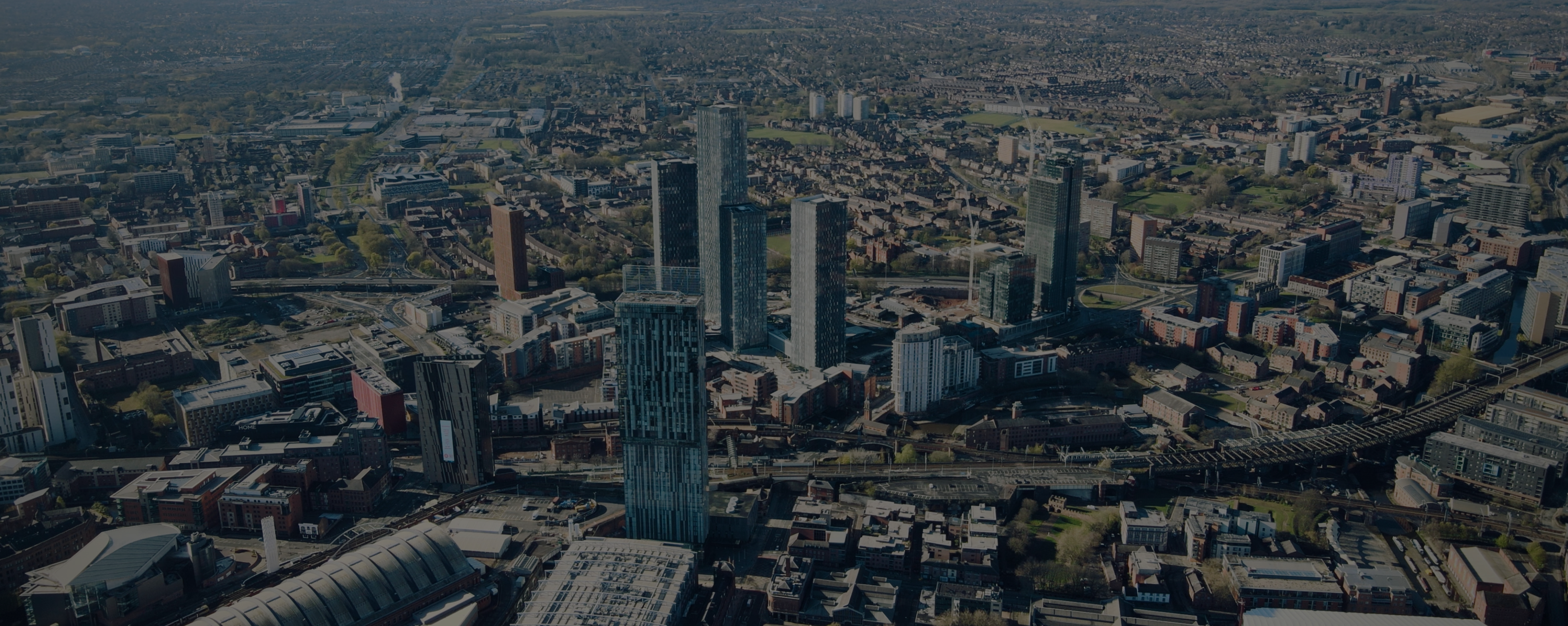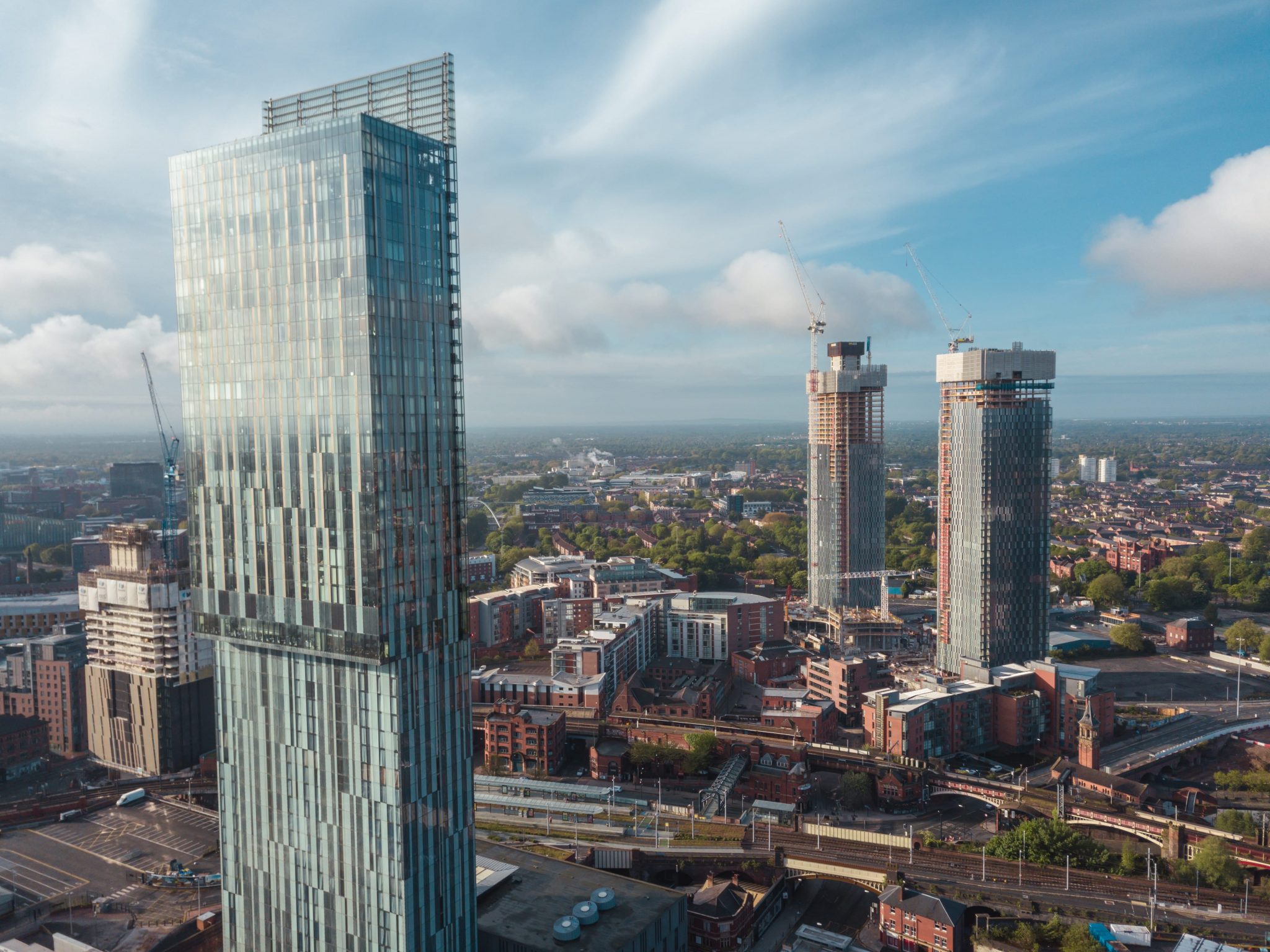Everyone’s wishlist is different when it comes to buying a property, but it seems the tables are turning away from renovation projects towards ready-to-go homes.
Whether you’re a first-time buyer looking for your new home, or a seasoned property investor seeking to add to your portfolio, one of the first things to decide is whether you’re keen to take on a project, or you’re looking for a ‘turnkey’ finished product.
Renovation projects have historically been seen as a good way of buying cheap and potentially boosting your returns – but the market has shifted, renovation costs have surged, and the leeway is now much tighter when it comes to overspending and seeing your possible profits dwindling.
With the government’s continued push towards boosting housing supply, creating a rise in new developments and opportunities for buyers and investors to purchase brand-new properties, this has become a preferred option for many over getting involved in a doer-upper.
Convenience and certainty
New research from Market Financial Solutions looking at borrowing patterns in the UK has identified a key shift of preference when it comes to buying homes in need of renovation versus ‘ready to go’ options.
While it doesn’t specifically highlight new-builds, the study demonstrates that homes that require no work and minimal ongoing maintenance are becoming more appealing to buyers than older properties. It also doesn’t differentiate between homebuyers and investors but, again, the trend is a useful insight into the homes people are choosing to live in.
Out of 2,000 adults surveyed, almost four fifths (79%) said that the quality and finish of the property they were buying was an ‘important’ or ‘very important’ consideration, making it the top factor overall for buyers in 2025.
However, renovation was at the bottom of the agenda for the buyers surveyed, coming in last place in the priority list after just 56% of respondents said the potential for extensions and conversions was important to them.
The findings suggest that today’s buyers want convenience and certainty, particularly when faced with higher borrowing costs, over the potential to add value through renovation.
Paresh Raja, CEO of Market Financial Solutions, said: “The standout finding this year is that there is an increased desire for properties in a good condition.
“With borrowing costs still above the levels seen from 2008 to 2022, buyers are perhaps seeking stability and predictability, favouring homes that are ready to move into rather than those needing renovation or refurbishment. Any ‘doer upper’ brings uncertainty, particularly when it comes to the cost of materials and labour, as well as the potential for delays, which can present challenges from a financing perspective.
“But as ever, we have to appreciate that all homebuyers are different. Some will relish a project, others want the turnkey option. As lenders must double down on optionality when offering flexible, fast finance that allows buyers to act with confidence when the right property becomes available.”
Renovation or new-build for property investors?
For property investment, whether renovation or buying new is the right option for you will depend on a multitude of factors, including your budget, time available, location, and end goal.
Property flipping traditionally involved buying cheap, doing up, and selling on, but this has become more difficult to achieve due to a number of factors, from higher stamp duty and borrowing costs to soaring labour and materials prices.
As Jonathan Fowler of Fowler Smith Mortgages points out, considering energy efficiency is another key part of the process, as even with renovation some home will never meet the minimum standard – which is certainly an issue for landlords.
“EPC ratings are a hot topic at the moment. The Labour government, as part of their Net Zero agenda, want rental properties to achieve an Energy Performance Certificate rating of C as a minimum by 2030. Although for some, this would mean reasonable adjustments to a property – such as changing to more energy efficient lightbulbs, replacing the loft insulation or even going for a boiler upgrade – for others it could be a lot more costly.
“Many Victorian properties, such as your standard terraced two-up-two-downs, or a semi-detached red-brick family home, often have an EPC rating that’s well below a C. It might not have the capabilities of having cavity wall insulation, or the floorboards are just naturally a little draughty.
“Getting these up to standard, perhaps without some form of government intervention or further help from lenders (in an ideal world there’ll be some low-interest further advance options available across the board, which some lenders have already adopted), will be quite a task.”
